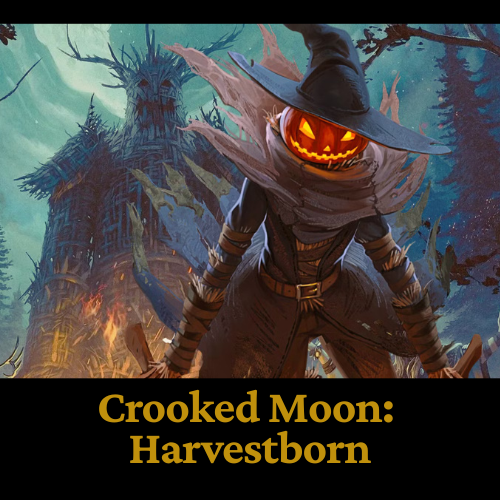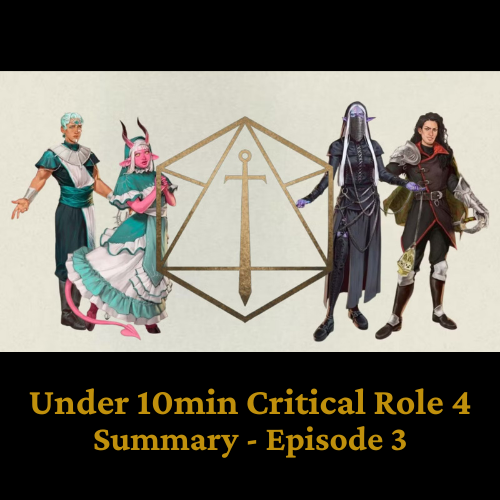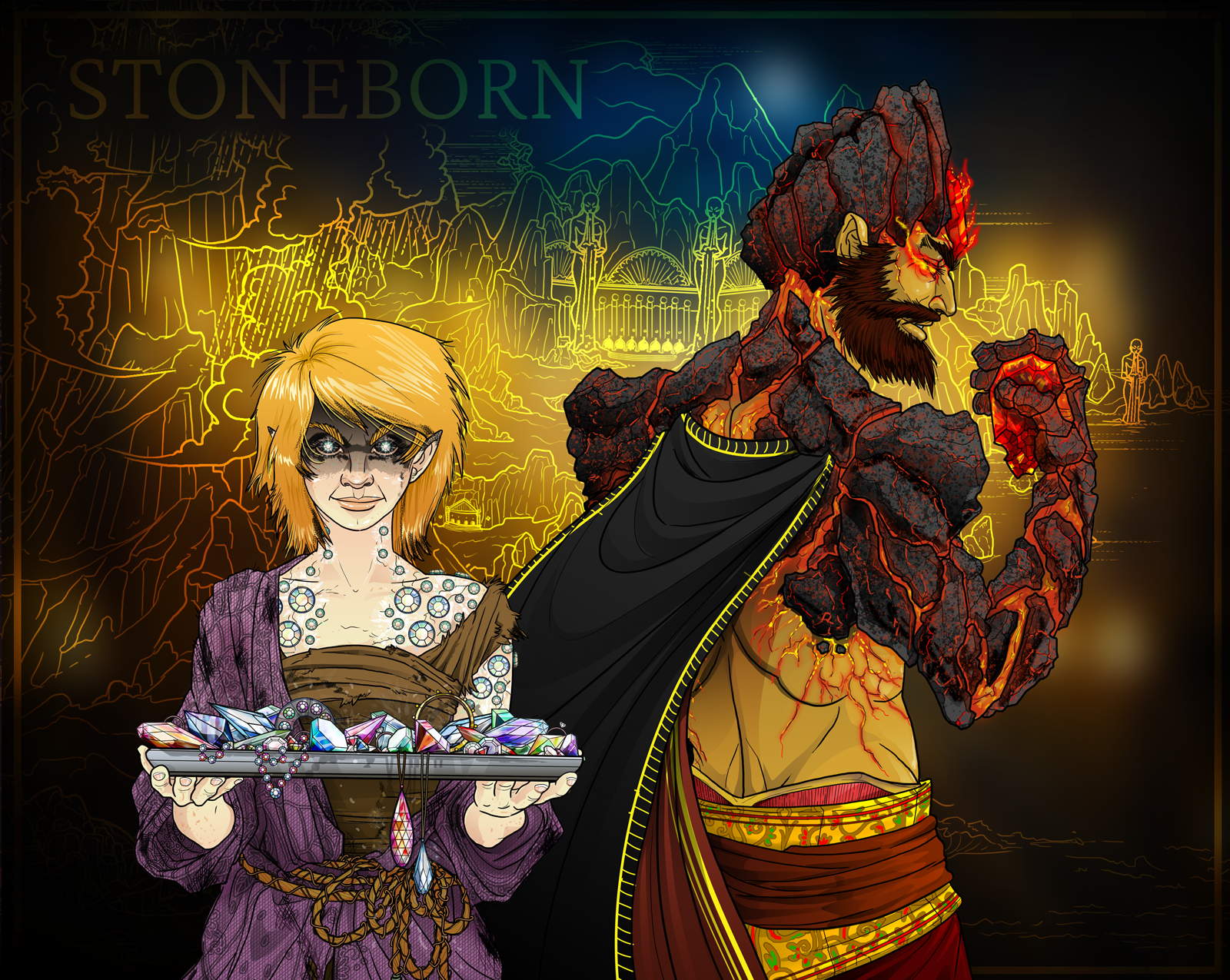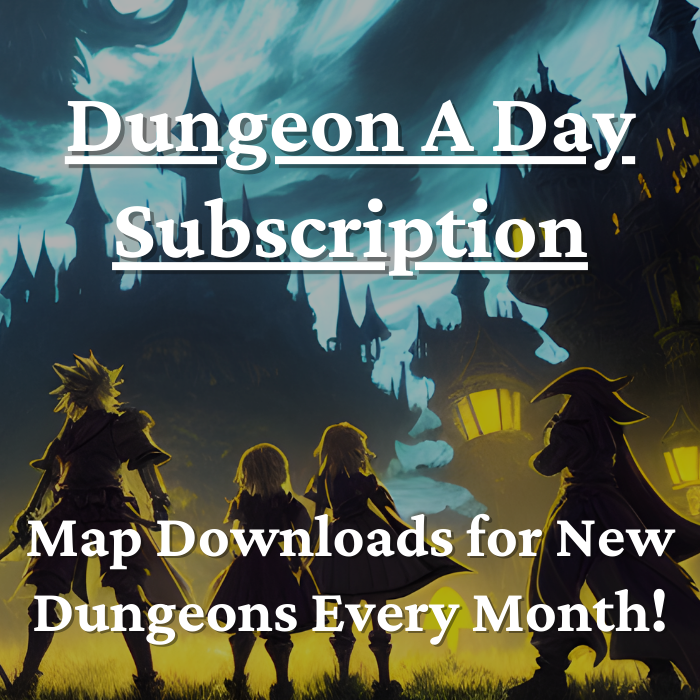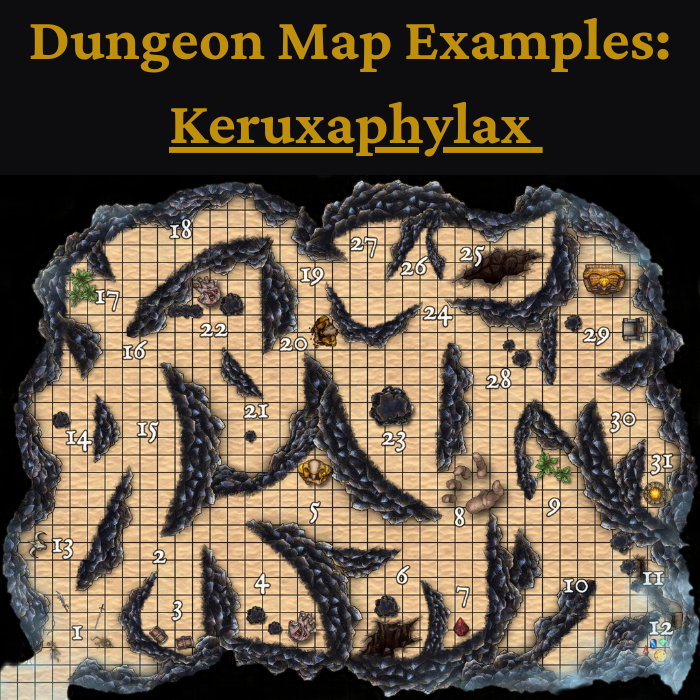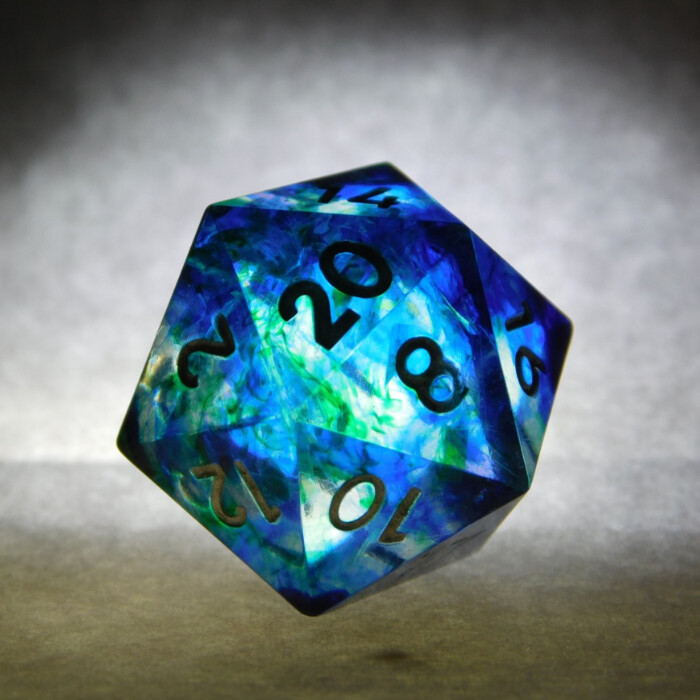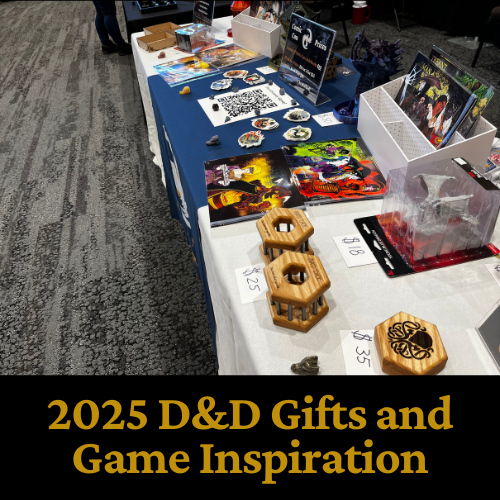10-Dragon Themed Adventures: Black Dragons to Gold Candy Dragons
Transcribed content from our recent YouTube video: https://www.youtube.com/watch?v=JR5wS-kJOzQ&ab_channel=EternityTTRPG
Transcription
Your paladin steps forward… and WHAM! A giant rolling pin smashes down from above. They stand up—dazed, frosting-covered—while a gold dragon named Briochebane cackles in the distance. Yep, that’s a real scene from the new Dragon Delves anthology… and we’re just getting started.
Welcome back to Eternity TTRPG—your tavern table for all things D&D. Today, we’re diving into Dragon Delves, the first adventure book using the new D&D rules, and spoiler: it’s got more dragons per square foot than any book in 5e history.
Dragon Delves is a new anthology featuring
10 short adventures for characters Level 1 to 12—each centered on a chromatic or metallic dragon.
It just officially became available for print, but early birds who preordered got digital access back on June 24 via D&D Beyond.
Heads up, these adventures don’t lean too hard into the new mechanics. No Bastions, no major spell reworks, just clean integration.
Let’s talk dragons—and the 10 tales where they shine—with a quickfire adventure rundown:
- Death at Sunset (Lvl 1): Green dragon in a cursed forest. The party investigates vanishing villagers and a creeping forest blight tied to a green dragon’s lingering influence.
- Baker’s Doesn’t (Lvl 3): Gold dragon + evil male hag in a gingerbread house. It’s as wild as it sounds. A halfling bakery is set ablaze by a gold dragon, leading to a confectionery showdown.
- Will of Orcus (Lvl 4): Cultists, silver dragons, and a haunted temple. Cultists worshipping the demon prince Orcus draw the attention of a silver dragon—and your group is caught in the crossfire.
- For Whom the Void Calls (Lvl 5): A telepathic Bag of Holding stolen by a dragon begs for rescue from inside a surreal, brass-dragon-infused dungeon.
- The Dragon of Najkir (Lvl 7): The players sail to a remote monastery to find shipwreck survivors—and discover a deeper mystery involving a brass dragon.
- The Forbidden Vale (Lvl 9): summed up as the “red dragon arsonist.” A wildfire-wielding red dragon threatens the region, and the party must stop the blaze before a town burns to ash.
- Before the Storm (Lvl 10): Pirates, a magical talisman, and a deadly black dragon all collide as the party fights to save a coastal village.
- Shivering Death (Lvl 11): A mysterious heatwave in the frozen north hides the white dragon, “Shivering Death”—and a chilling magical conspiracy.
- A Copper for a Song (Lvl 12): Music-based soil revival. Seriously. To save a dying land, the party must recover lost verses of a magical song blessed by a whimsical copper dragon.
- Dragons of the Sandstone City (Lvl 12): Deep beneath the earth, the party must thwart a ritual powered by a blue dragon in a crumbling desert ruin.
Here’s something cool: Three adventures—Baker’s Doesn’t, Najkir, and Copper for a Song—are fully playable with just one player and a DM. Not solo in the “no DM” sense, but designed for low-prep, high-impact duos.
They use a new buff called “Blessing of the Lone Champion” that gives you temporary hit points and Heroic Inspiration during key moments—essentially letting one player survive boss fights without backup.
This might be the most aesthetically daring D&D book ever. Each adventure features original art by different artists—ranging from '70s-style psychedelia to clean manga-like minimalism.
The standout? That weirdly awesome cartoon gold dragon in a land made of candy. According to GamesRadar, it’s both hilarious and memorable.
Bonus points, from my perspective: the layout is streamlined and easy to DM. Read-aloud text, maps, and stat blocks are all neatly embedded with minimal page-flipping.
Can you run all 10 together as a single campaign? Kinda. The adventures are pretty disconnected—so if you’re going full arc with the book, expect to DIY your narrative glue. The book offers light suggestions, but it’s not a full storyline in the way Curse of Strahd or Out of the Abyss.
Still, if you want dragon-centric episodes that drop into any campaign? This is perfect.
So, is Dragon Delves worth it?
Yes if:
- You want quick, dragon-themed one-shots.
- You like wild variety in tone and art.
- You DM for casual or solo players.
But, maybe not if:
- You’re after one huge epic campaign, and don’t want to put in any of your own work to connect adventures.
- Or if, you want deep rules content, or fresh mechanics with the new D&D system.
My verdict?
Dragon Delves doesn’t reinvent D&D or anything crazy like that—but it does remind us why dragons are in the name. It’s silly, scary, creative, and at times downright heartwarming. Plus, no one can *really* be angry about a bunch of adventues centered around dragons.
So, let me know—what’s your favorite dragon color to face? And have you ever been flattened by a rolling pin in a dungeon?
If you liked this video, roll a natural 20 on that Like button, Subscribe for more D&D news, and let me know what you want to see next. Catch you the next time we roll for initiative!
Dice, Dungeons, Games & More - Eternity TTRPG
Share This Article

Author - Jacob Tegtman
Dear reader, I hope you enjoyed this article. Tabletop gaming has been a passion of mine since I was 6 years old. I've played just about every game from Dungeons and Dragons to video games like Final Fantasy. These games have inspired me, made me laugh, made me cry, and brought me endless hours of enjoyment.
I started Eternity TTRPG - and the indie tabletop game that goes along with it (Eternity Shop) - to share my love of gaming with others. I believe that in our technology-driven age, tabletop games help bring a sense of magic and community back into our world.
If you love the site, please share it with others! I have lots of gaming-related material for you to peruse and use in your own gaming sessions. If you have any questions about the site or want to contribute, just send me a message using the "Contact" page, which you can find in the site's footer.
